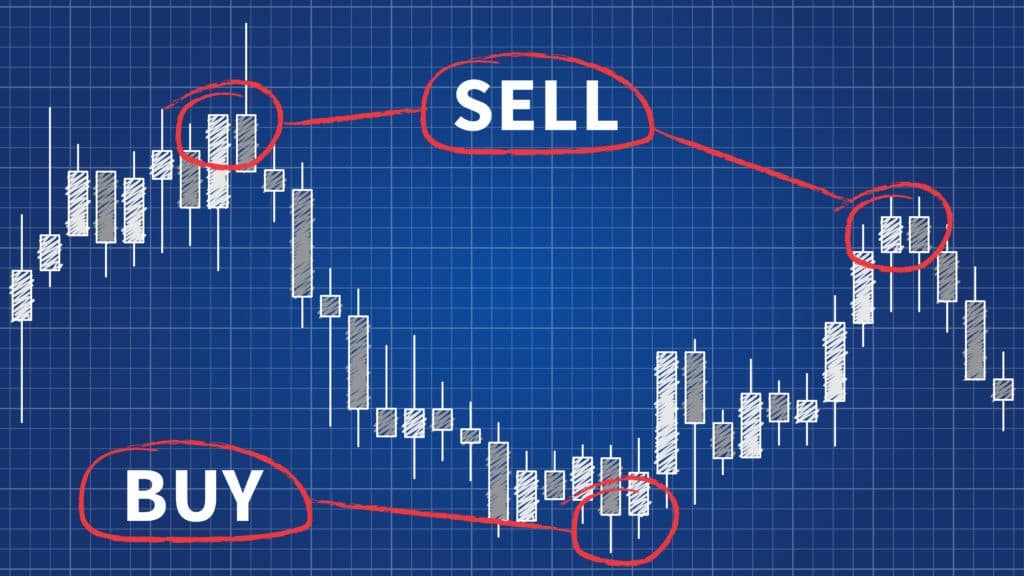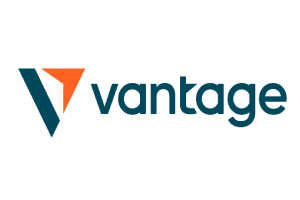Forex trading is not a new word any longer. Experienced or amateur traders are making profits, thanks to the forex signals. The current market is perhaps a dynamic environment whereby trading of the financial instruments is conducted often at near-light speeds.
3
Payment methods
Trading platforms
Regulated by
Support
Min.Deposit
Leverage max
Currency Pairs
Classification
Mobile App
Min.Deposit
$100
Spread min.
Variables pips
Leverage max
100
Currency Pairs
40
Trading platforms
Funding Methods





Regulated by
FCA
What you can trade
Forex
Indices
Actions
Cryptocurrencies
Raw Materials
Average spread
EUR/GBP
-
EUR/USD
-
EUR/JPY
0.3
EUR/CHF
0.2
GBP/USD
0.0
GBP/JPY
0.1
GBP/CHF
0.3
USD/JPY
-
USD/CHF
0.2
CHF/JPY
0.3
Additional Fee
Continuous rate
Variables
Conversión
Variables pips
Regulation
Yes
FCA
No
CYSEC
No
ASIC
No
CFTC
No
NFA
No
BAFIN
No
CMA
No
SCB
No
DFSA
No
CBFSAI
No
BVIFSC
No
FSCA
No
FSA
No
FFAJ
No
ADGM
No
FRSA
71% of retail investor accounts lose money when trading CFDs with this provider.
Min.Deposit
$100
Spread min.
- pips
Leverage max
400
Currency Pairs
50
Trading platforms
Funding Methods




Regulated by
CYSECASICCBFSAIBVIFSCFSCAFSAFFAJADGMFRSA
What you can trade
Forex
Indices
Actions
Cryptocurrencies
Raw Materials
Etfs
Average spread
EUR/GBP
1
EUR/USD
0.9
EUR/JPY
1
EUR/CHF
1
GBP/USD
1
GBP/JPY
1
GBP/CHF
1
USD/JPY
-
USD/CHF
1
CHF/JPY
1
Additional Fee
Continuous rate
-
Conversión
- pips
Regulation
No
FCA
Yes
CYSEC
Yes
ASIC
No
CFTC
No
NFA
No
BAFIN
No
CMA
No
SCB
No
DFSA
Yes
CBFSAI
Yes
BVIFSC
Yes
FSCA
Yes
FSA
Yes
FFAJ
Yes
ADGM
Yes
FRSA
71% of retail investor accounts lose money when trading CFDs with this provider.
Min.Deposit
$50
Spread min.
- pips
Leverage max
500
Currency Pairs
40
Trading platforms
Funding Methods




What you can trade
Forex
Indices
Actions
Raw Materials
Average spread
EUR/GBP
-
EUR/USD
-
EUR/JPY
-
EUR/CHF
-
GBP/USD
-
GBP/JPY
-
GBP/CHF
-
USD/JPY
-
USD/CHF
-
CHF/JPY
-
Additional Fee
Continuous rate
-
Conversión
- pips
Regulation
No
FCA
No
CYSEC
No
ASIC
No
CFTC
No
NFA
No
BAFIN
No
CMA
No
SCB
No
DFSA
No
CBFSAI
No
BVIFSC
No
FSCA
No
FSA
No
FFAJ
No
ADGM
No
FRSA
71% of retail investor accounts lose money when trading CFDs with this provider.
Subsequently, evolving technologies focused on internet connectivity, as well as information systems, has given the over-the-counter markets and exchanges the ability to facilitate large trading volumes faster.

The byproduct of such evolution in the technology is the high-frequency trading (HFT). But how good do you understand HFT?
3
Payment methods
Trading platforms
Regulated by
Support
Min.Deposit
Leverage max
Currency Pairs
Classification
Mobile App
Min.Deposit
$100
Spread min.
Variables pips
Leverage max
100
Currency Pairs
40
Trading platforms
Funding Methods





Regulated by
FCA
What you can trade
Forex
Indices
Actions
Cryptocurrencies
Raw Materials
Average spread
EUR/GBP
-
EUR/USD
-
EUR/JPY
0.3
EUR/CHF
0.2
GBP/USD
0.0
GBP/JPY
0.1
GBP/CHF
0.3
USD/JPY
-
USD/CHF
0.2
CHF/JPY
0.3
Additional Fee
Continuous rate
Variables
Conversión
Variables pips
Regulation
Yes
FCA
No
CYSEC
No
ASIC
No
CFTC
No
NFA
No
BAFIN
No
CMA
No
SCB
No
DFSA
No
CBFSAI
No
BVIFSC
No
FSCA
No
FSA
No
FFAJ
No
ADGM
No
FRSA
71% of retail investor accounts lose money when trading CFDs with this provider.
Min.Deposit
$100
Spread min.
- pips
Leverage max
400
Currency Pairs
50
Trading platforms
Funding Methods




Regulated by
CYSECASICCBFSAIBVIFSCFSCAFSAFFAJADGMFRSA
What you can trade
Forex
Indices
Actions
Cryptocurrencies
Raw Materials
Etfs
Average spread
EUR/GBP
1
EUR/USD
0.9
EUR/JPY
1
EUR/CHF
1
GBP/USD
1
GBP/JPY
1
GBP/CHF
1
USD/JPY
-
USD/CHF
1
CHF/JPY
1
Additional Fee
Continuous rate
-
Conversión
- pips
Regulation
No
FCA
Yes
CYSEC
Yes
ASIC
No
CFTC
No
NFA
No
BAFIN
No
CMA
No
SCB
No
DFSA
Yes
CBFSAI
Yes
BVIFSC
Yes
FSCA
Yes
FSA
Yes
FFAJ
Yes
ADGM
Yes
FRSA
71% of retail investor accounts lose money when trading CFDs with this provider.
Min.Deposit
$50
Spread min.
- pips
Leverage max
500
Currency Pairs
40
Trading platforms
Funding Methods




What you can trade
Forex
Indices
Actions
Raw Materials
Average spread
EUR/GBP
-
EUR/USD
-
EUR/JPY
-
EUR/CHF
-
GBP/USD
-
GBP/JPY
-
GBP/CHF
-
USD/JPY
-
USD/CHF
-
CHF/JPY
-
Additional Fee
Continuous rate
-
Conversión
- pips
Regulation
No
FCA
No
CYSEC
No
ASIC
No
CFTC
No
NFA
No
BAFIN
No
CMA
No
SCB
No
DFSA
No
CBFSAI
No
BVIFSC
No
FSCA
No
FSA
No
FFAJ
No
ADGM
No
FRSA
71% of retail investor accounts lose money when trading CFDs with this provider.
HFT in Detail
HTF is in the category of trading signals and ranks among the automated forex signals simply because when the computer conducts trades or when alerts flow in, it counts merely as a trading signal service.
Basically, HFT is an automated means of trading that is based on algorithms. It detects the smallest movements as well as catching the minimum amount of pips in enormous volume.
Computers may have come early in the ’80s with automated trading taking center stage, but high-frequency trading had to wait for 15 years to get into the financial world. However, since their introduction, HFT has been on the rise accounting for 10% of orders in the early 2000s and about 73% of orders in the US by 2009.
Interestingly, currently, HFT accounts for 38-40% of total European order and about 56% in the US.
But how did HFT win over the authorities?
As it has already been mentioned, it took more than 15 years for HFT to get authorized by the financial authorities. The main reason they were allowed by the authorities is the Liquidity.
It was notified that HTF firms had millions of trades per day, which meant that counterparty was present always willing to buy anything being sold and vice versa. Most exchanges offered rebates as well as incentives for the liquidity providers.

Like any trading, high-frequency trading also has its positive and negative side. For instance, traders have complained about the high volatility when HFT firm make withdrawals from the market. Others claim that traders or firms using HFT scrape profits off real investors.
- Two-way rebates – for every execution HFT firms get a rebate fee; two rebates for one order whereby one is for buying the instrument and the other for selling it.
- Limited risk – the system has small take profit targets as well as stop-loss targets; hence, even if you’re held on the worst side in the market, the damage is limited.
- Direct access – the broker fees are being cut off as the HFT firms are taking over from participants with a direct exchange to the market.
- Increased Liquidity – increased Liquidity was the primary reason for HFT being introduced, and it accounts for almost 50% of orders and Liquidity in the most significant trading floors.
- Unlimited Opportunities – the HFT signals will offer endless opportunities even at those moments when the market is quiet thanks to the fact that they go for 1-2 pips profit or even less.
- Unfrozen funds – those institutions or traders using traditional trading strategies often open several orders on various forex pairs keeping them for as long as possible. This means that the funds used in the open positions are frozen to the time the trades are closed. However, HFT eliminates such scenarios since trades are closed immediately.
- Narrow spreads – competition is crucial to lowering sell/buy spreads, and since HFT firms are in competition with brokerages as well as institutions in the exchanges, they help to narrow the spreads
- Liquidity holes – liquidity is what makes HFT one of the best; however, sometimes they might withdraw from the markets very fast, which results in a liquidity hole.
- Little take profit targets – HFT aims at less than a pip, which is undeniably a small take profit target.
- The ordinary trader won’t benefit – HFT firms have direct access to the market, meaning a regular trader placing an order via a broker won’t use the HFT signals. The broker spreads makes it very difficult to trade.
- High risk or reward ratio – for traditional traders, the risk to reward ratio is 1:3 up to 1:10, but since the HFT have a small profit target, their ratio is as well tiny at 1:1 at best.
- Although HFT has got their disadvantages, still, the advantages rank higher, making them an ideal option for the trading meaning they’re going nowhere any time soon.


